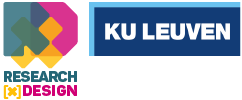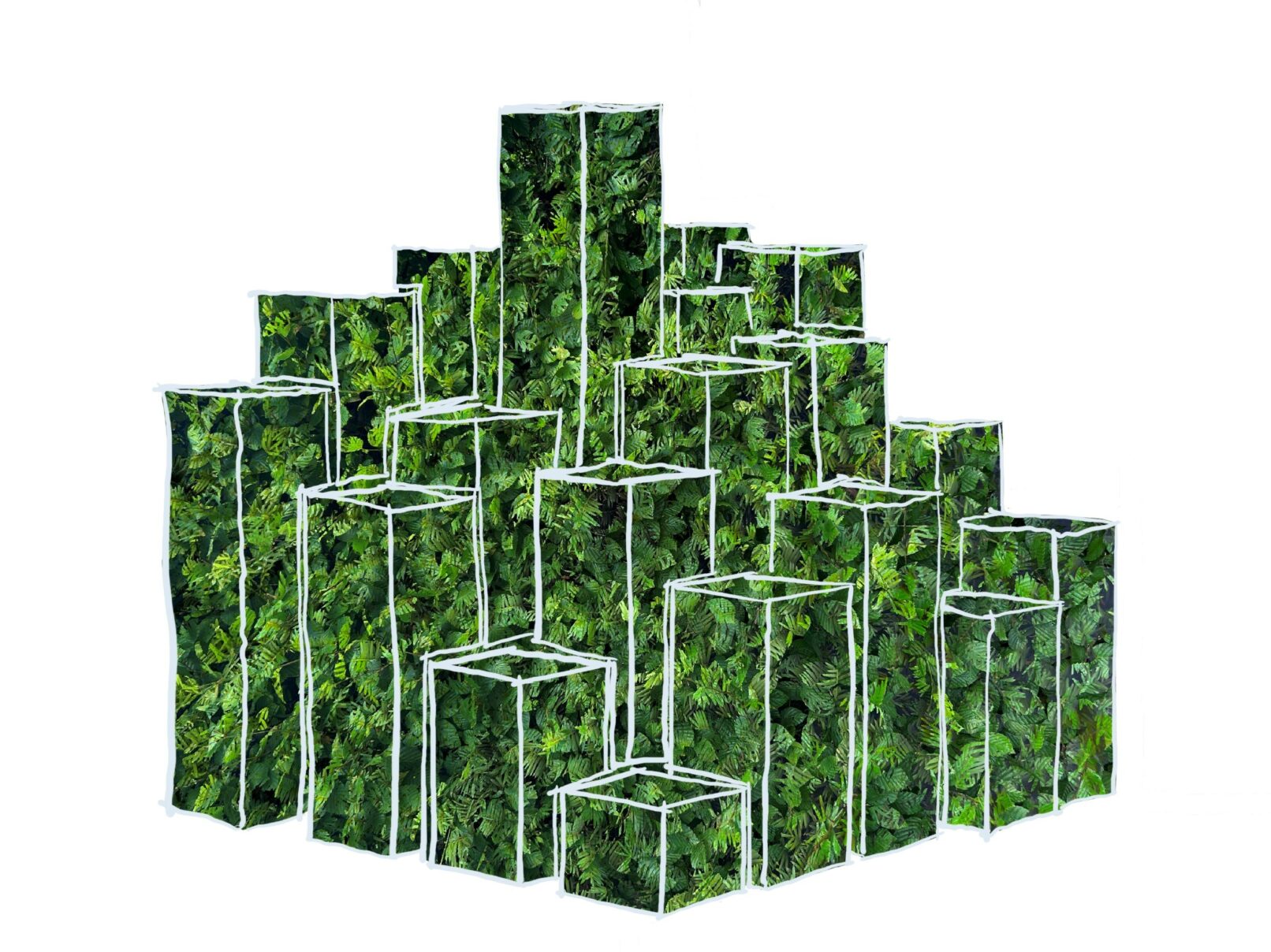Minds at work – a mixed method approach to assess the effect of indoor nature for healthy organizations
The workplace is recognized to have a substantial impact on employees’ health and wellbeing – across Europe, stress, depression and anxiety are frequently reported as a work-related problem. The harmful impacts are not limited to individual’s health – studies suggest around half of lost workdays as a result, demonstrating the considerable impact in organization’s productivity.
The health and wellbeing of employees have been featured in various building certifications and standards. As part of their recommendations, these tools prescribe design strategies to enhance the indoor environmental quality, such as setting parameters for air quality, daylight, and thermal comfort. These tools also feature the contact with nature as an individual indicator for wellbeing, which benefits have been extensively supported by research – suggesting that exposure to nature reduces stress, enhances attention, and fosters cognitive development. The impacts have also been reported to indoor environmental conditions, such as air purification and noise reduction.
Guidance and metrics for the application of nature indoors are not as well delineated nor consistent amongst these ratings – for example, directions for its extent, position, time of exposure remain unspecified. Furthermore, these benefits are yet not quantified on an individual level – and appreciating how people process information, learn, interact, think and feel to a certain environmental condition is key for supporting diversity in the work environment.
What methods and measures can then be utilized to understand these impacts on an individual level? Understanding how physical workplace affects the body as both a biological and experiential entity presents a methodological challenge, requiring a new set of methods. The research will apply a mixed-method approach – by combining qualitative experience-based and quantitative data – to address the benefits of the presence of nature elements in the indoor spaces of organizations level. By experimenting dosage, time of exposure and multiple indoor greenery design settings, the research intends to inform design strategies and enhance spaces for an inclusive workforce.
This PhD research is conducted by Research[x]Designer Lisi Freitas Camboim, under supervision of Andrea Jelić and Dirk Saelens. It is supported by the Department of Architecture and the Department of Civil Engineering of KU Leuven.

